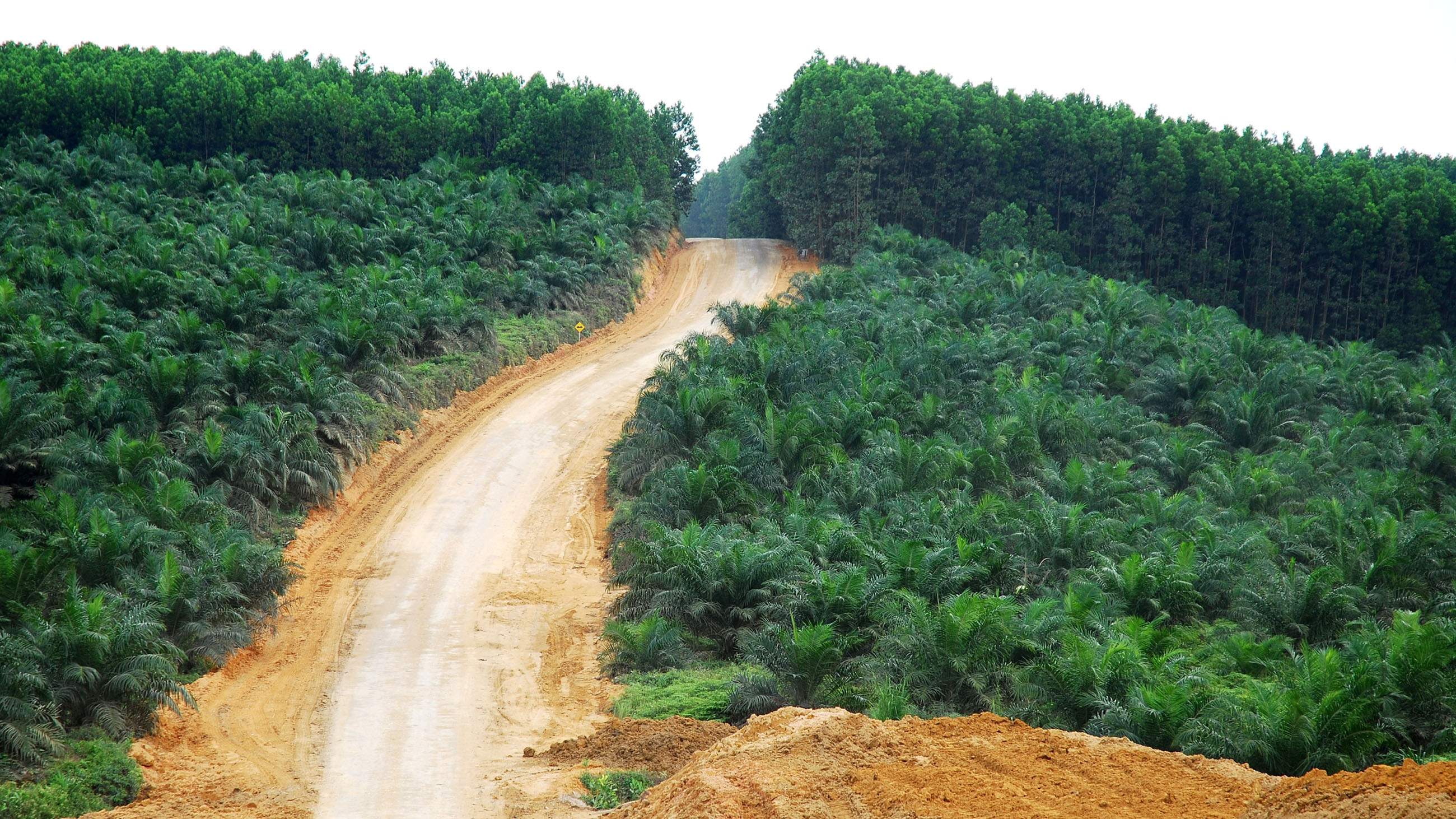Policing Palm Oil Deforestation with Satellite Data
As demand for palm oil increases, so do concerns over the impacts that its production has on the environment.
The cheap, versatile ingredient is found in about half of all packaged consumer products — everything from shampoo and lipstick to chocolate and bread — supporting an estimated a $50 billion industry worldwide. Clearing land for palm oil plantations is a major driver of deforestation, and multinational companies that depend on the commodity are increasingly pledging to reduce the adverse impacts of its production.

An interactive online tool will help companies that use palm oil to identify the bad actors in their supply chains. (Visual by © CEphoto, Uwe Aranas)
“Unilever, Mars and other huge multinationals that use palm oil are committing to zero net deforestation, many of them by 2020,” said Sarah Lake, a research associate for Global Forest Watch, a forest monitoring initiative convened by the World Resources Institute. “But many of them have no idea how to meet that.”
One way is to target the processing mills that are most likely to continue clear-cutting tropical forests to plant the oil palm trees. In order to help companies identify bad actors in their supply chains, Lake and her colleagues developed a publicly available interactive tool that maps palm oil mills along with geographical data on protected areas and peat lands, and satellite data on canopy cover. A pilot analysis of Unilever’s mills with data on tree cover loss within a 30 mile radius from those sites revealed that 29 mills are at high risk of continuing to deforest environmentally sensitive areas, mostly in Malaysia and Indonesia — the world’s top two palm oil producers.
Lake hopes that companies armed with this information — which they can use to generate risk analysis reports — will understand which mills are engaging in the most destructive practices and better identify those with whom to start conversations about reigning in their environmental impacts. “This dataset gives them the opportunity to engage with the mills and prioritize the handful of mills where they’ll get the biggest bang for their buck,” she said. “The five or ten mills that are highest priority for where they can intervene.”
Palm oil supply chains are notorious for their lack of transparency regarding deforestation, greenhouse gas emissions, impacts on endangered species, and human rights violations. Though international guidelines for sustainable palm oil production have been created by entities like the Roundtable on Sustainable Palm Oil (RSPO), it’s difficult to police an entire supply chain and, according to a recent Greenpeace study, most companies can’t trace every drop of palm oil.
“With palm oil it’s complicated,” said Lake. “It’s a barrel of oil, not a single product you can tag and I.D.” Bringing data and satellite imagery to bear on this complex supply chain could help illuminate the worst players.
The World Resources Institute’s new interactive tool is being unveiled this week at an RSPO meeting in Milan, Italy. Though the dataset only includes 800 of the estimated 2,000 mills worldwide, the tool might lead to the identification of more palm oil producers who engage in unethical practices. That could mean real consequences: In the past, when nefarious suppliers have been caught red-handed, multinationals have canceled their contracts.










